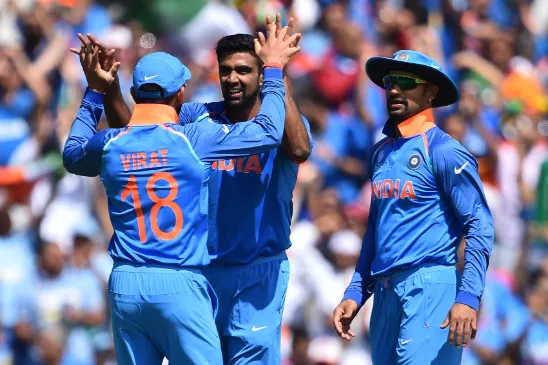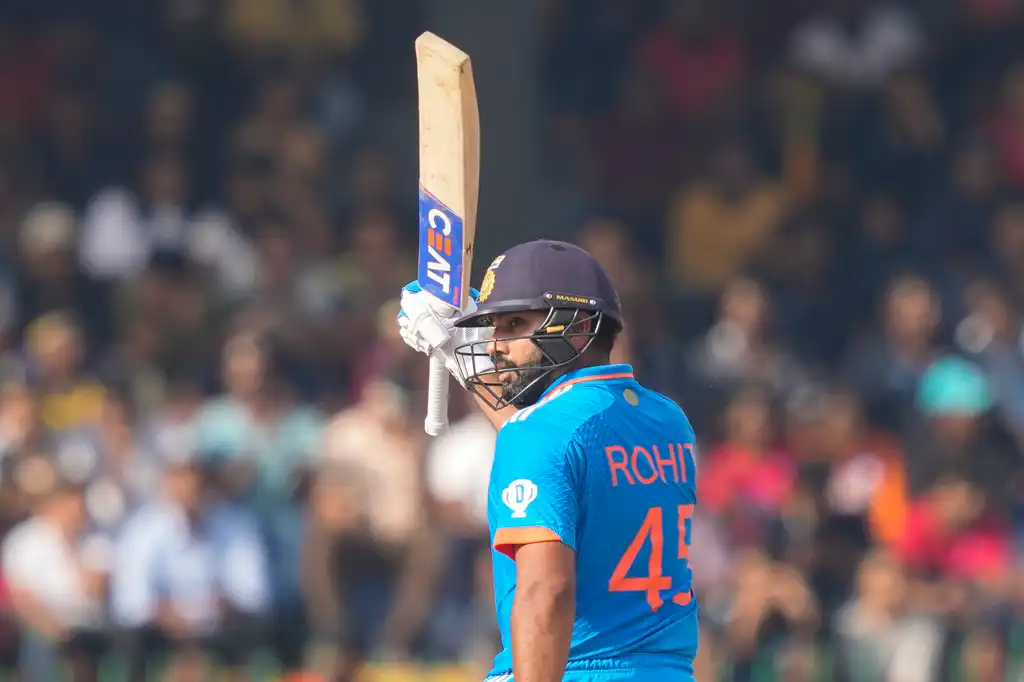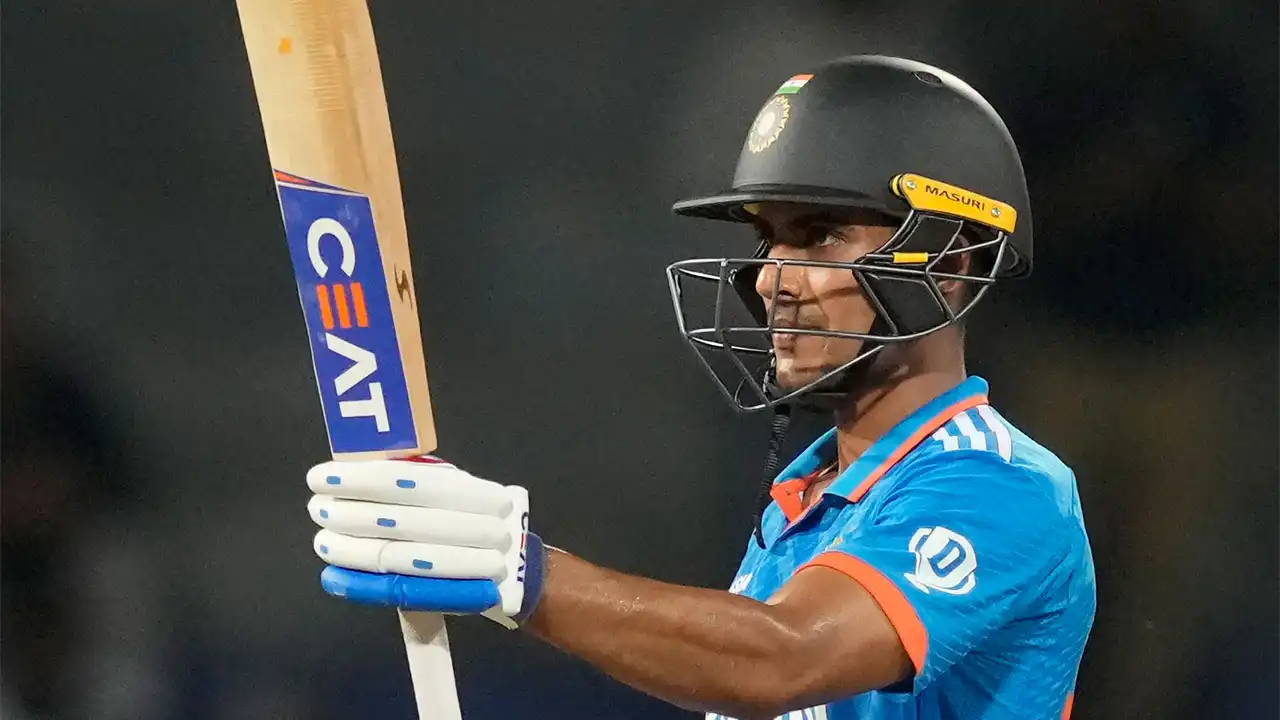 Ravichandran Ashwin has been included in the Australia ODI series (Source: Twitter)
Ravichandran Ashwin has been included in the Australia ODI series (Source: Twitter)
Ravichandran Ashwin's return to the ODI format after nearly 20 months marks a significant development in his international career. His expertise and ability to contribute with both the bat and the ball will help India's squad. It will be interesting to see how he fares in this series after missing so many ODIs. His arrival will provide captain KL Rahul another spinning option, increasing the team's options.
Ashwin's presence can provide India with an important spinning option, particularly in conditions that favour slow bowlers. His ability to control the middle overs and take wickets makes him a useful asset in ODIs. While he has not been part of the ODI system for some time, Ashwin's performances in T20 cricket have demonstrated that he has adapted his game to the changing demands of limited-overs formats.
For Ashwin, the series against Australia is an opportunity not just to improve his individual performance but also to strengthen his claim for a berth in India's World Cup squad. It's an opportunity for him to demonstrate that he can be the spin-bowling all-rounder India requires in their quest for their third ODI World Cup triumph.
Crunching the Data: Ashwin's ODI Career in Numbers
.png) Ashwin's All Wicket Types in ODI Career in India
Ashwin's All Wicket Types in ODI Career in India
Ravichandran Ashwin's performance in Indian conditions has indeed been remarkable, and his ability to dominate on home turf makes him a significant threat to opposing teams. His impressive record in familiar conditions showcases his impact on pitches that typically favor spin bowling.
Ashwin's tally of 67 wickets in home conditions shows his class as a spinner. It's worth noting that out of these 67 wickets, 47 were dismissals of right-handed batters, highlighting his effectiveness against them. Additionally, he accounted for 20 wickets of left-handed batsmen. Another notable aspect of Ashwin's performance is his knack for hitting the stumps or trapping batters in front of them.
Of the 67 wickets, 13 were secured through LBW decisions, while 11 involved the batters getting bowled out. This statistic underscores his accuracy and capability to target the stumps consistently. Furthermore, Ashwin has claimed 38 wickets through catches, indicating his ability to induce false strokes or create opportunities for his teammates to take catches.
Ravichandran Ashwin's effectiveness against right-handed batters in Indian conditions is indeed noteworthy. Of the 47 wickets, 8 resulted in LBW decisions, Additionally, 9 wickets came from the ball hitting the stumps or dislodging the bails, Ashwin also recorded 3 stumpings, indicating his ability to deceive batters with flight and spin. Furthermore, he claimed 27 wickets through catches.
While Ashwin's greatest impact is against right-handed batters, his statistics against left-handed batters are as impressive. He has taken 20 wickets against them, with 5 dismissals coming as LBW decisions. He has also bowled two wickets and stumped two. He also took 11 wickets through catches.
Conclusion
Overall, Ashwin's ability to dismiss both right-handed and left-handed batters in Indian conditions, using a variety of methods, makes him a potent weapon for the Indian cricket team in ODIs. Ravichandran Ashwin's batting ability may provide great depth to India's One-Day International team, particularly in the lower order. Batting at number 8, Ashwin can contribute crucial runs when needed and is a true all-rounder for the squad.
He is a flexible asset in limited-overs cricket due to his good technique, ability to rotate strike, and occasional big-hitting ability. As India prepares for the upcoming ODI World Cup, the inclusion of Ravichandran Ashwin can indeed provide a balanced and formidable team that can compete at the highest level in the tournament.






